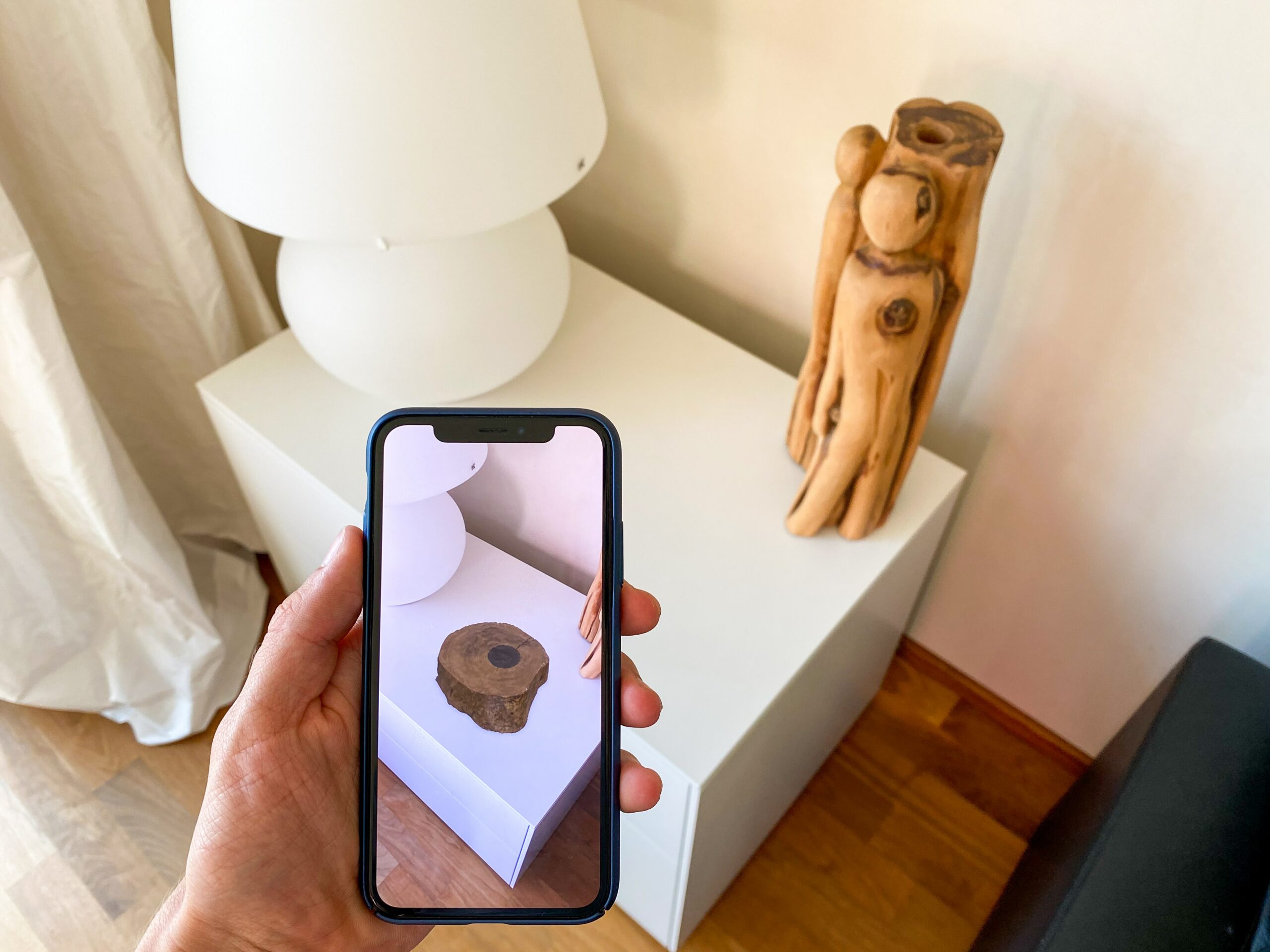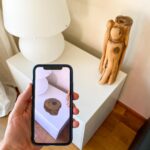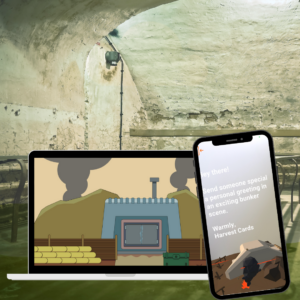5 Brands Leveraging the Power of AR
Technology has been evolving unbelievably fast; what once took ten years can now be done in just a few months. The best part about technology’s exponential growth is that people are adopting it in their daily lives and getting uncountable advantages.
We have no idea where we will be standing in the next fifty years. One such aspect of technology is Augmented Reality. It has made its way through the market and fixed its roots deep into the various known brands.
There is no doubt in the fact that Augmented Reality is gaining popularity. It’s anticipated that the global market of AR is going to accelerate massively. It’s been said that from earning $6.12 billion in 2021, it’s going to grow $97.76 billion by 2028. The figure tells clearly how Augmented Reality is going to revolutionize how we see the world.
Many famous brands such as Walmart, Pull and Bear, IKEA, Amazon, and Gucci have used AR for their business. These industry giants have leveraged the most out of AR technology to enhance their customer experience.
Read on to find out how.
Virtual Reality vs. Augmented Reality
A common misconception about Virtual Reality and Augmented Reality is that both terms are interchangeable. However, there are significant differences between the two. Consider the VR headset, Oculus Quest, and the AR game, Pokemon Go. While both technologies are similar, they have defining characteristics. Anyone a bit technical can determine why they are not alike at all.
When you wear a VR headset, it completely takes over your field of vision. When it’s not turned on you would feel like you are blindfolded. When it is on you it will give you an impression that you are somewhere else based on whatever is being displayed.
On the other hand, Augmented Reality superimposes images over your field of vision. AR glasses like Microsoft HoloLens are transparent. These glasses enable you to see things in front of you in addition to the displayed graphics. You get an impression of wearing a light pair of sunglasses.
This particular technology has been devised for free movement as it casts images everywhere you look, and it’s going to revolutionize smartphones.
The AR Experience
It’s tough for the brands to keep the customers retained and engaged while attracting new customers. With the help of Augmented Reality, brands can bring real-life experience to keep customers close.
Some of the approaches to implementing AR into a brand strategy include:
Creating New and Better Learning Opportunities
Early studies show that adding Augmented Reality into learning experiences as an educational tool enhances the students’ comprehension level and understanding by providing a lab-like experience. This feature has been exceptionally beneficial during the global pandemic.
Creating Product Test Environments
Augmented Reality enables customers to test a product without leaving their homes. This aspect has provided retailers— particularly in fashion and furnishings— to create a safe, secure, “try before you buy” environment that keeps costs low and builds customer trust. It gives such an amazing and comfortable experience to the customers that around 88% of small companies have already started to use AR. Make-up retailer Sephora came up with a feature that lets the customers “try on” new makeup before ordering, using AR superimposed over their face when using the camera on their smartphones. This helps the customers in ordering the exact makeup they desire without venturing into the store.
AR Business Success Stories
Augmented reality has elevated marketing potential for brands. It provides amazing and immersive digital experiences while building brand trust and engagement. Many of the brands using Augmented Reality technology have received huge positive outcomes.
Here are some famous brands and outcomes of using Augmented Reality in their business:
Walmart
In 2020, Walmart turned four of its physical retail stores into online fulfillment centers to enhance the speed of inventory control. An augmented reality app has been designed to streamline the process. Instead of getting each box scanned, a handheld device is used to highlight the boxes ready to be used. This app speeds up the time of transporting items from the back store to the sales floor, saving Walmart a lot of time and dramatically cutting costs.
Yet, this particular innovation isn’t Walmart’s first foray into using AR for business. In 2012, Walmart Canada partnered with a Halifax-based app developer and Nickelodeon to create an AR scavenger hunt in their stores. Kids were invited to find clues that led to the beloved turtles, well before everyone had smartphones in their pocket. The fact that Walmart’s AR use has since expanded speaks volumes of this burgeoning technology’s opportunities.
Gucci
Talk about exclusivity. Gucci designer Alessandro Michele created the first designer line of Augmented Reality shoes. This feature enables customers to try a pair of virtual sneakers through an app, to be displayed in a digital environment. In other words, these virtual shoes are designed to be only worn and shared online in social media posts.
If you’ve ever dreamed of owning designer shoes and showing off to your audience, Gucci has you covered, as the price point is significantly less than their real clothing. Oh yeah, you still have to pay, but they’re so comfortable you’ll feel as though you’re walking barefoot. Wait.
IKEA
One of the best-known cases of a brand leveraging AR to enhance the customer experience goes to IKEA. Buying and sipping furniture is expensive. Putting IKEA furniture together will test even the soundest minds and the strongest marriages. In other words, you want to be sure about your latest addition before picking up a hex key.
To create a more engaging and immersive experience for the customers IKEA has revamped its Place App to create the IKEA Studio. The app is operated from an iPhone using LiDAR sensors, and lets customers get complete 3D room plans from doors, walls, rugs to window colors. Wondering how that dresser will look in your room? IKEA studio will show you.
Amazon Salon
Amazon Salon is a pioneer in AR retail technology, trailblazing through the beauty industry with no end in sight. The ‘Point and Learn’ feature is a prime example (pun not intended). Amazon explains that the only thing salon customers need to do is point at a product (shampoo, hair oil, etc.) on a display shelf. All the information about the product will appear on the display screen. If a customer wants to buy the product, they can simply scan the QR code on the display shelf to visit the page of the product on the salon’s e-commerce website.
Now to enhance customers’ experience another feature has been added to experiment with hair colors. Before getting their hair done customers can easily try them using AR technology to see the outcome beforehand, improving customer engagement and satisfaction.
Sephora
Sephora’s Virtual Artist tool has been around since 2016. Now, it’s been updated with the help of AR technology. As mentioned previously, customers can easily check what they would look like in the lipstick shade they are planning to buy. It scans lips and eyes to try new lip colors, eye shadows, and eyelashes through Modiface technology. The previous app allowed users to upload a static image of their face, whereas this version is live and uses facial mapping.
What’s Possible with Augmented Reality?
Everything.
Maybe not today, maybe not tomorrow, but eventually AR will revolutionize how we interact with the world.
Forward-thinking companies can use AR to train new employees, test products, deliver services, and capture data. Many companies are thinking of incorporating AR to minimize the ongoing impacts of COVID-19.
There are endless opportunities possible with Augmented Reality.
What We Can Learn from Brands Using AR
Brands can learn a lot from businesses already using augmented reality. Following in their footsteps will give your customers a unique and immersive experience that helps you to have a long-term relationship with them and will enhance your brand’s perceived value.
Augmented Reality will also give a competitive differentiation to your brands, standing apart from the status quo of traditional marketing strategies.
Leveraging AR for your brand is an opportunity to think differently, act differently, and stand out in the crowd.
See how our brand partner, Harvest Cards, is leveraging AR technology






